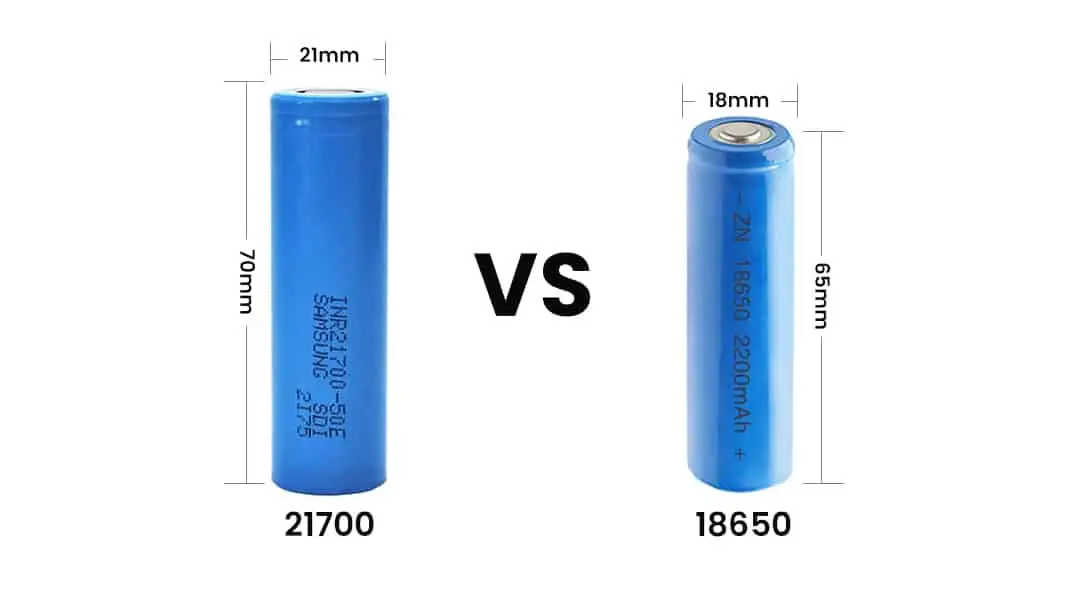In the realm of lithium batteries, three distinct players take the stage: the 18650, 21700, and 32650. Understanding their nuances is crucial for selecting the right power source tailored to specific needs. This comprehensive guide dissects their differences in size, capacity, cost, and performance characteristics.

1. Size:
- 18650: 18mm in diameter and 65mm in length.
- 21700: 21mm in diameter and 70mm in length.
- 32650: 32mm in diameter and 65mm or 70mm in length.
2. Capacity:
- 18650: Typically has lower capacity compared to 21700 and 32650 batteries.
- 21700: Larger than 18650, allowing for higher capacity.
- 32650: Generally offers the highest capacity of the three due to its larger size.
3. Cost:
- 18650: Often more cost-effective due to widespread use and production.
- 21700: May be more expensive than 18650 but less expensive than 32650.
- 32650: Can be more expensive due to its larger size and higher capacity.
4. Energy Density:
- 18650: Lower energy density compared to 21700 and 32650.
- 21700: Higher energy density than 18650, providing more energy storage in a similar volume.
- 32650: Generally offers the highest energy density due to its larger size.
5. Applications:
- 18650: Widely used in consumer electronics, laptops, power tools, and some electric vehicles.
- 21700: Gaining popularity in electric vehicles, power tools, and certain consumer electronics.
- 32650: Commonly used in applications that demand high energy storage, such as electric vehicles, solar energy systems, and power tools.
6. Power Output:
- 18650: Lower power output compared to 21700 and 32650.
- 21700: Generally offers higher power output than 18650.
- 32650: Can provide substantial power due to its larger size.
7. Heat Dissipation:
- 18650: Limited by its smaller size, which may lead to heat buildup during high-demand applications.
- 21700: Better heat dissipation capabilities compared to 18650.
- 32650: Generally has good heat dissipation due to its larger size.
8. Weight:
- 18650: Lighter compared to 21700 and 32650.
- 21700: Heavier than 18650 but lighter than 32650.
- 32650: Heaviest due to its larger size and higher capacity.
Conclusion: The choice between 18650, 21700, and 32650 batteries depends on the specific requirements of the application, balancing factors like size, capacity, cost, and power output. Each form factor has its advantages and is optimized for different use cases.




